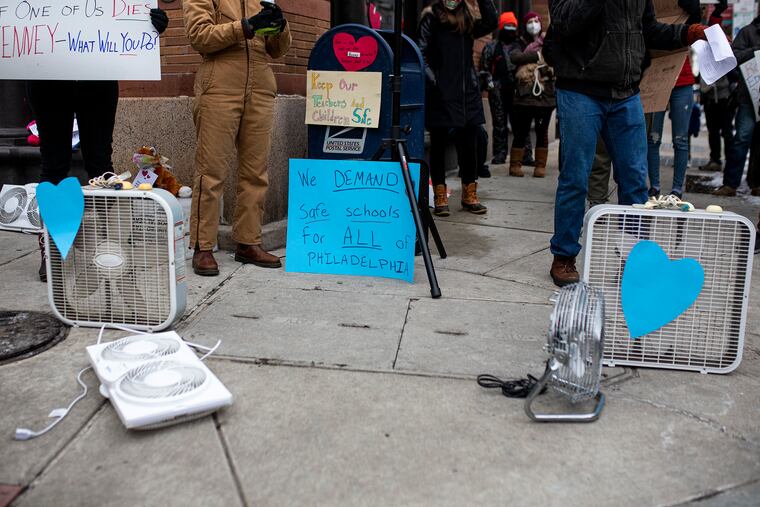What won’t the infrastructure plan do? Repair our crumbling schools. | Opinion
The latest proposed bipartisan investment in education is limited to electrifying school buses, expanding broadband access, and eliminating lead pipes.

The latest proposed bipartisan investment in education is limited to electrifying school buses, expanding broadband access, and eliminating lead pipes.
